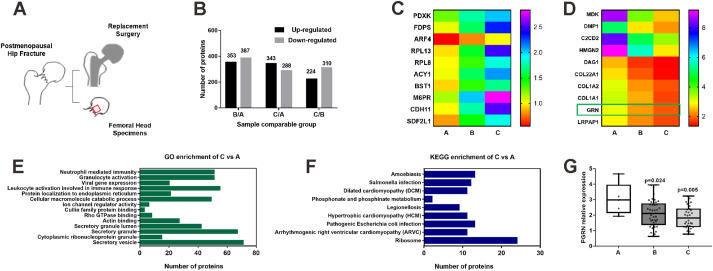
Progranulin deficiency associates with postmenopausal osteoporosis via increasing ubiquitination of estrogen receptor α


Estrogen deficiency is considered the most important cause of postmenopausal osteoporosis. However, the underlying mechanism is still not completely understood. In this study, progranulin (PGRN) was isolated as a key regulator of bone mineral density in postmenopausal women through high throughput proteomics screening. In addition, PGRN-deficient mice exhibited significantly lower bone mass than their littermates in an ovariectomy-induced osteoporosis model. Furthermore, estrogen-mediated inhibition of osteoclastogenesis and bone resorption as well as its protection against ovariectomy-induced bone loss largely depended on PGRN. Mechanistic studies revealed the existence of a positive feedback regulatory loop between PGRN and estrogen signaling. In addition, loss of PGRN led to the reduction of estrogen receptor α, the important estrogen receptor involved in estrogen regulation of osteoporosis, through enhancing its degradation via K48-linked ubiquitination. These findings not only provide a previously unrecognized interplay between PGRN and estrogen signaling in regulating osteoclastogenesis and osteoporosis but may also present a new therapeutic approach for the prevention and treatment of postmenopausal osteoporosis by targeting PGRN/estrogen receptor α.
